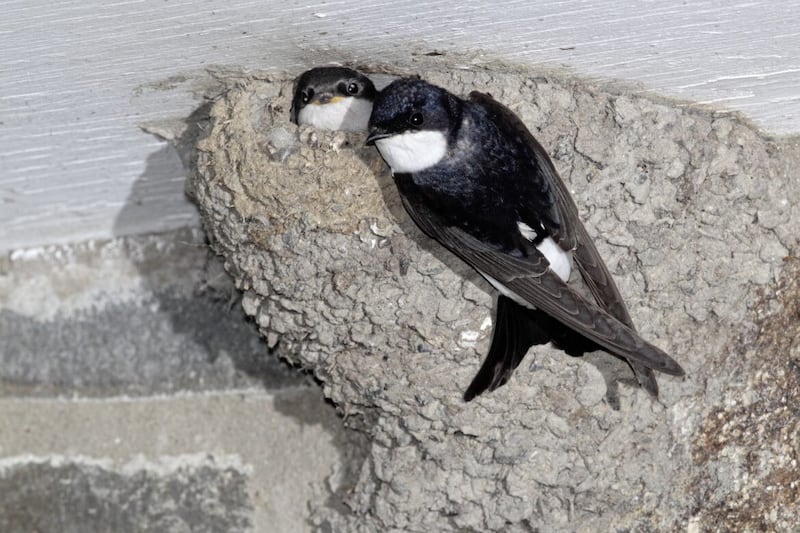SLEEK, darting movements below the surface – an elongated shadow among the breaking waves. At first I thought it was a small seal, but there is something in the movement, the shape of its body.
Then its head breaks through as it arcs briefly before diving again, its matted fur layered in punk-like spikes.
It is not the first time I have seen an otter on this rocky coastline, swimming just below the surface before rising out into the air and diving downwards.
The last time one was on a rock, feasting on shellfish, grabbing out the flesh with its nails.
Despite some superficial resemblance to seals, otters are a different species. Seals are much bigger, have flippers and are sea mammals with thick blubbery skin, while otters have claws and even the ones which forage in the sea must return regularly to fresh water to wash the sea salt out of their fur.
In his poem An Otter, Ted Hughes wrote: "Underwater eyes, an eel’s/ Oil of water body, neither fish nor beast is the otter:/ Four-legged yet water-gifted, to outfish fish;/ With webbed feet and long ruddering tail/ And a round head like an old tomcat."
When I was at primary school, back in the mists of the last century, we did a class project on otters – which I think won a prize for.
My class made a papier-mâché landscape with a river running through it and a cut-away to show how the entrance to otter’s holt emerged under water but the tunnel ran upwards to above the water level to provide a dry nest for otter pups.
Tarka the Otter by Henry Williamson was a key source for our research and ever since then it is an animal that has always given me a particular thrill of pleasure when I see it.
A sighting is rarely something that can be planned. Reports from other walkers and nature lovers of otters in a certain part of a river or lake, or swimming off a coast, have never resulted in a sighting for me, despite hours of patient waiting.
It has always been a matter of chance, like inspiration. When you are not actually looking for them the sound of a splash will suddenly draw you to where they are fishing or foraging.
The Irish for otter is 'madra uisce' (water dog) and they do seem to play like dogs, splashing for the pure pleasure of it, arcing out of the water to dive down again to show off how nimble their bodies are.
Their ability to survive on both land and water made them a powerful symbol of adaptability for our ancestors. The otter was regarded a protector in nature who helped with gaining wisdom and guiding adventurers on a journey.
In the 9th century Irish tale of Máel Dúin, otters bring the wanderer fish and fire to the island where he is stranded, feeding him for seven years.
In Williamson’s novel, Tarka’s world is described entirely from the otter’s point of view with no attempt at quaint humanising qualities.
Some of the most dramatic scenes depict a hunt during which he endures a nine-hour chase by humans and a pack of dogs, including Tarka’s old enemy, a hound called Deadlock.
While otters were once hunted for their pelts they are now a protected species throughout Ireland, but they face other challenges from humans as habitats are destroyed and rivers polluted.
Despite this, otter numbers in Ireland seem to be holding, however, there is no room for complacency – the otter populations in other parts of Europe have been decimated.









